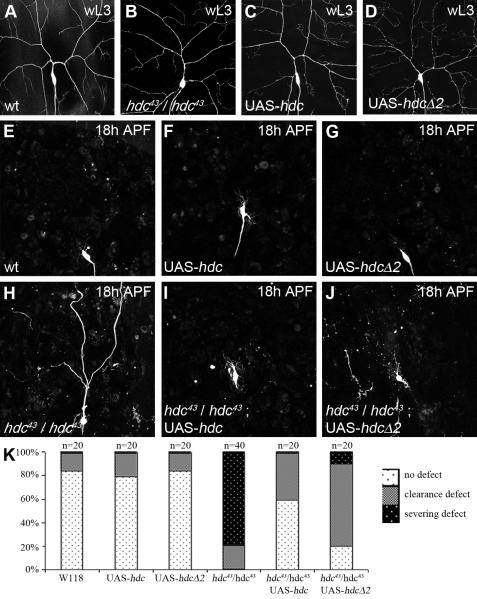Figure 4. Both hdc forms work in pruning.
ddaC neurons labeled with UAS-CD8-GFP driven by ppk-GAL4. This combination is also used to drive UAS-hdc or UAS-hdcΔ2.
A-D, panel showing that the number of I° and II° dendrites in ddaC neurons in wandering larvae (wL3), before pruning, does not appear to be modified in the different genotypes used for the gain-of-function experiments.
E-G, panel showing that at 18h APF, ddaC neurons are pruned normally when overexpressing UAS-hdc or UAS-hdcΔ2.
H-J, At 18h APF, the strong severing (H) defect found in hdc43 homozygous background is rescued by the expression of either UAS-hdc (I) or UAS-hdcΔ2 (J). There is more disruption of dendrite clearance in the UAS-hdcΔ2 rescued neurons (J).
K, Quantification of both clearance and severing events confirming that both the short and the long forms of HDC can rescue hdc43/hdc43 pruning in a significant manner (P<0.0001). Nevertheless, the short form (UAS-hdcΔ2) is less efficient than the expression of HDC full length.

